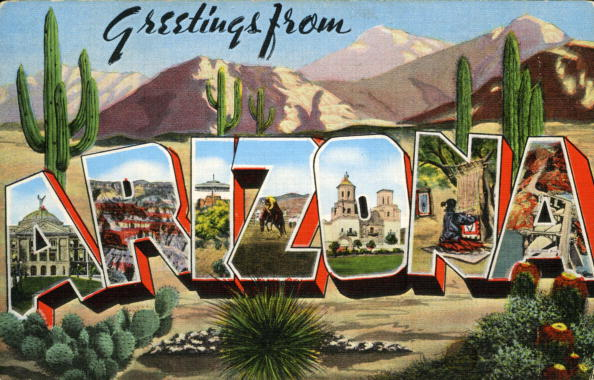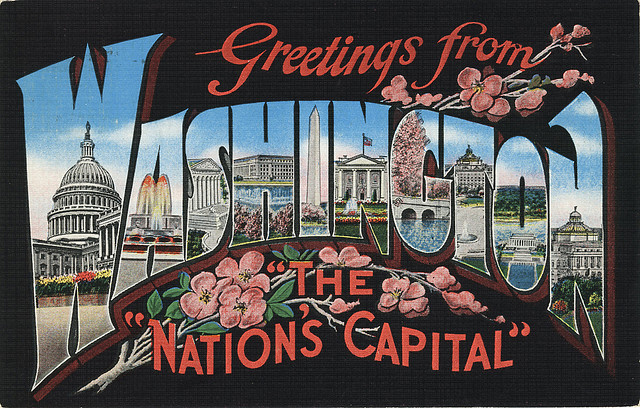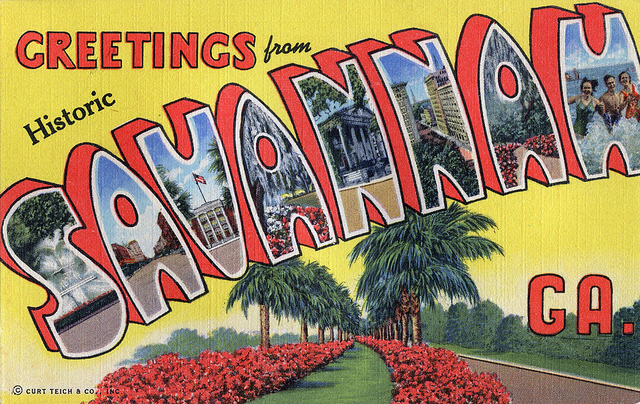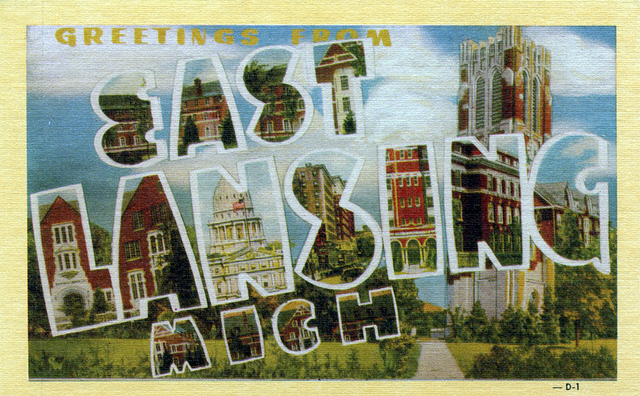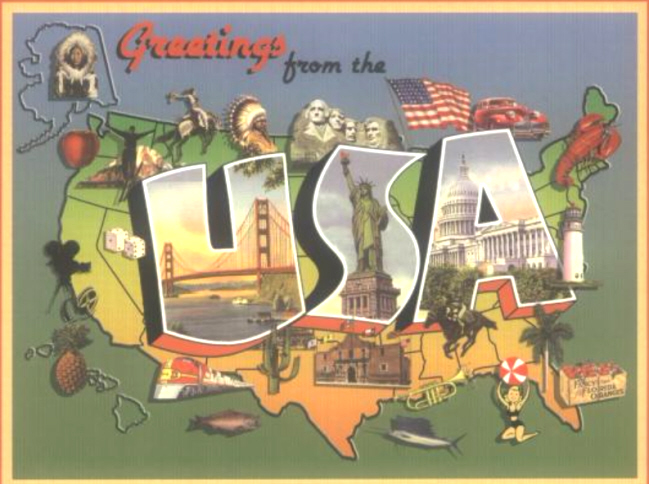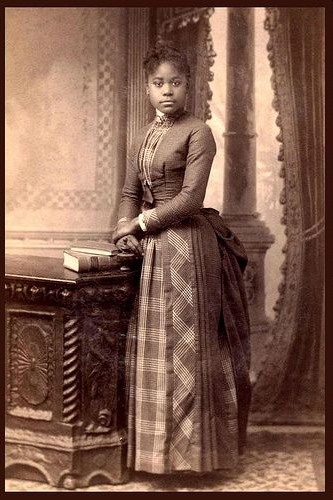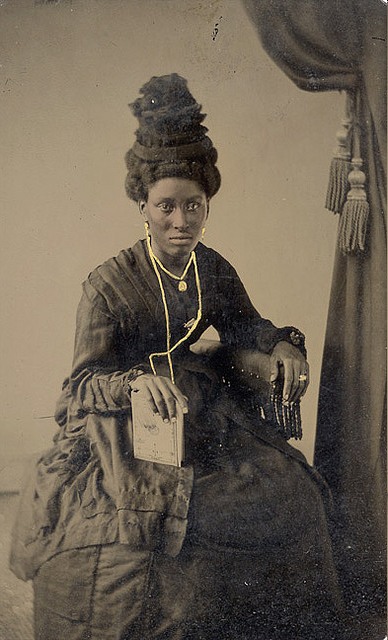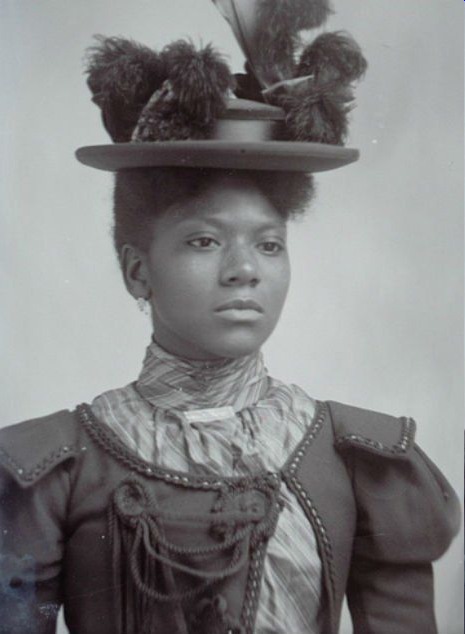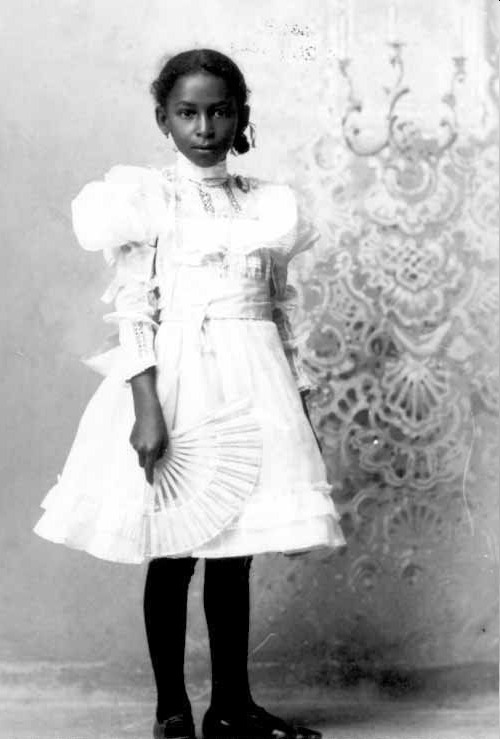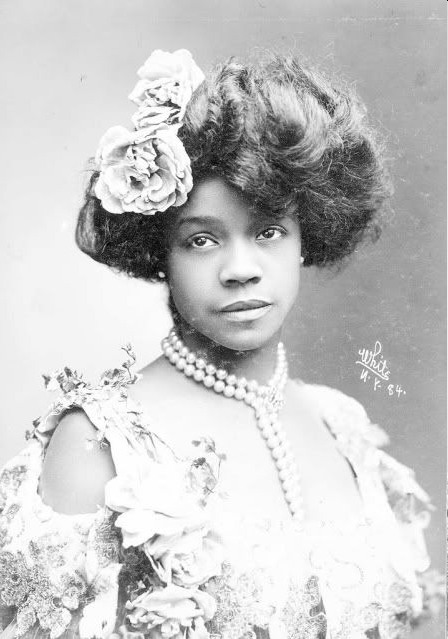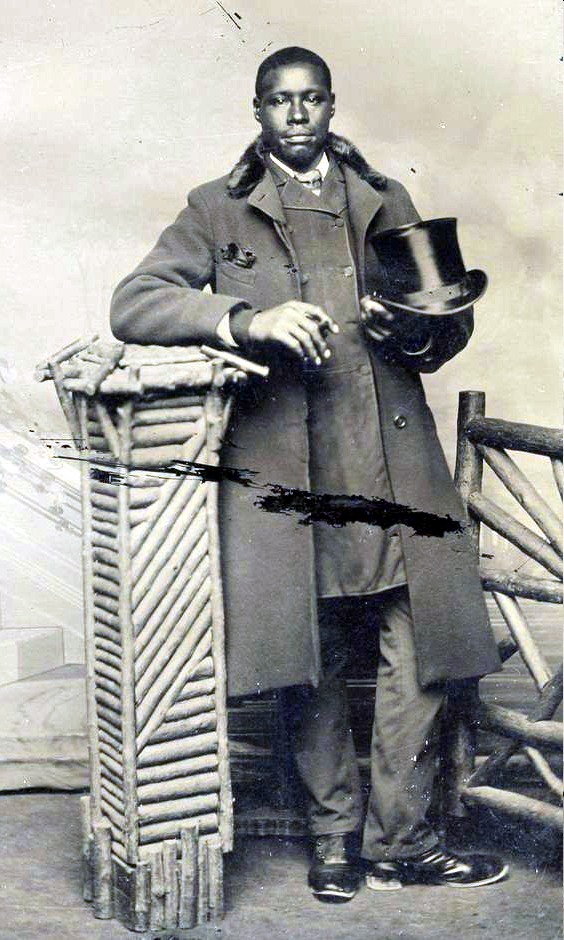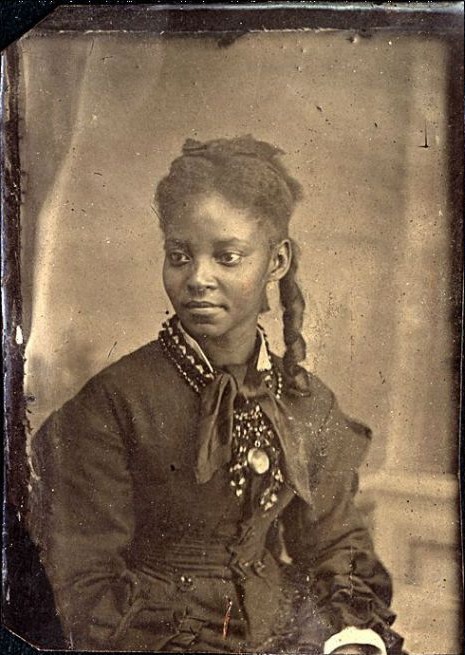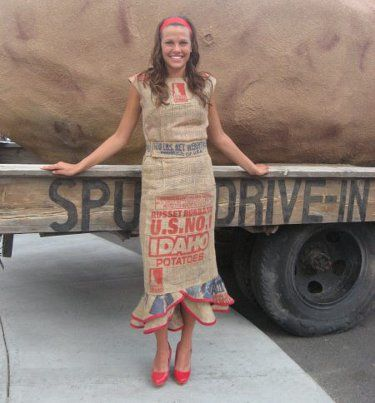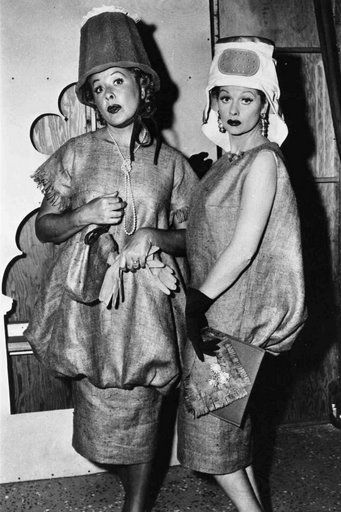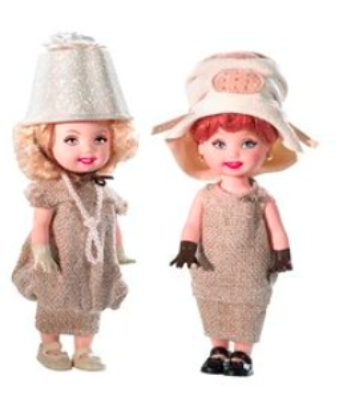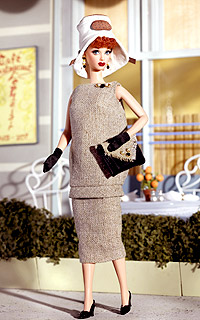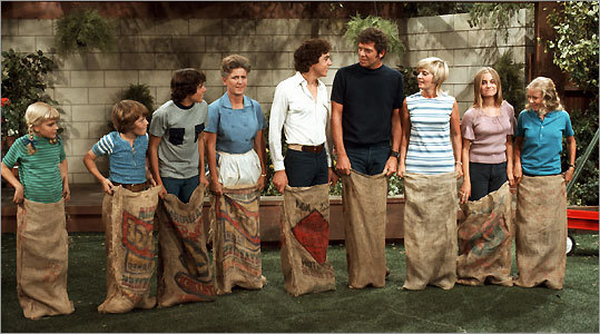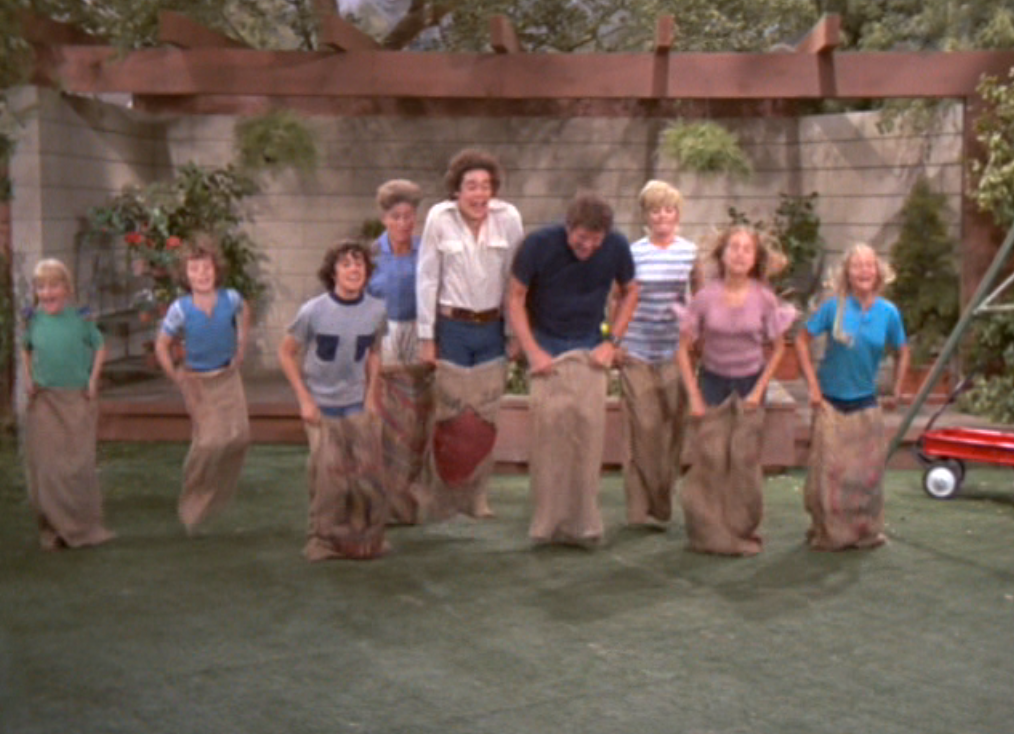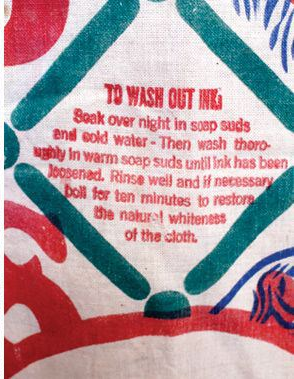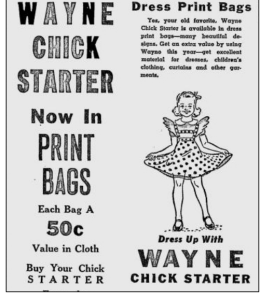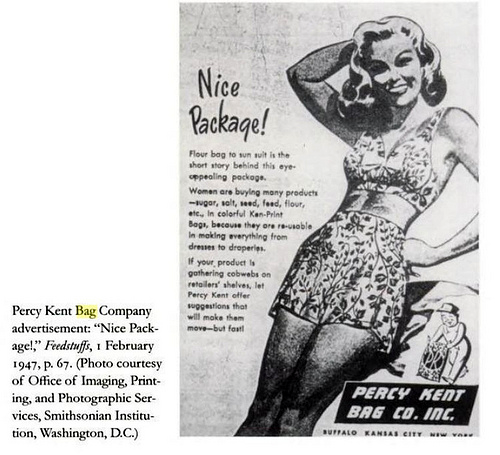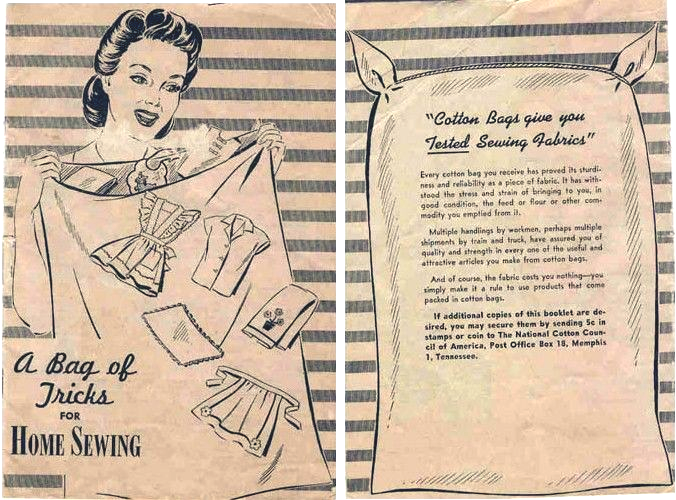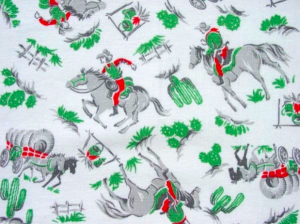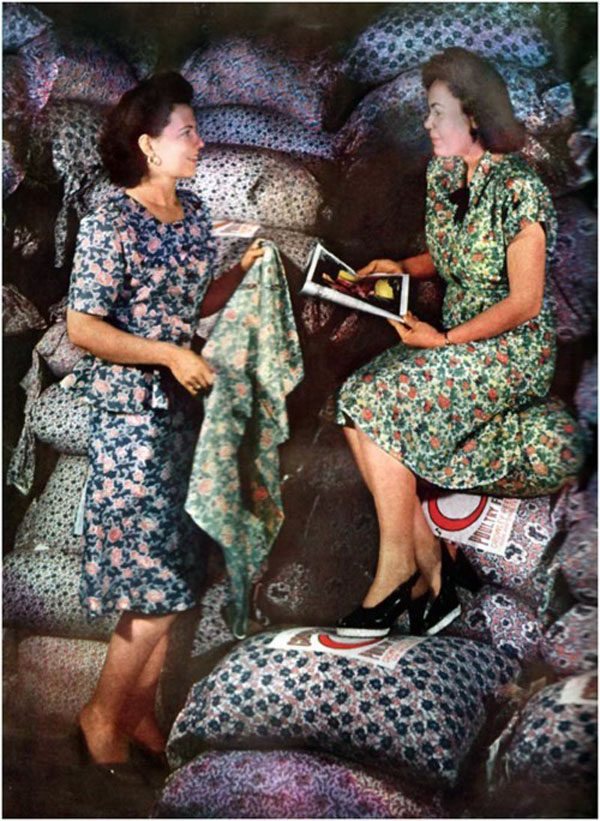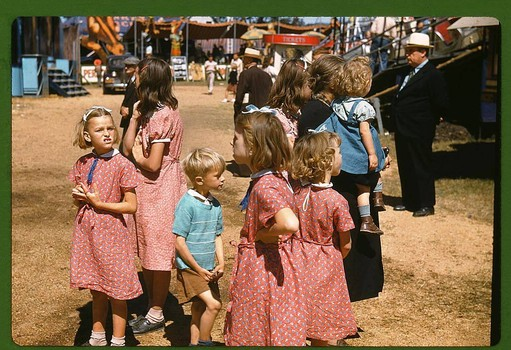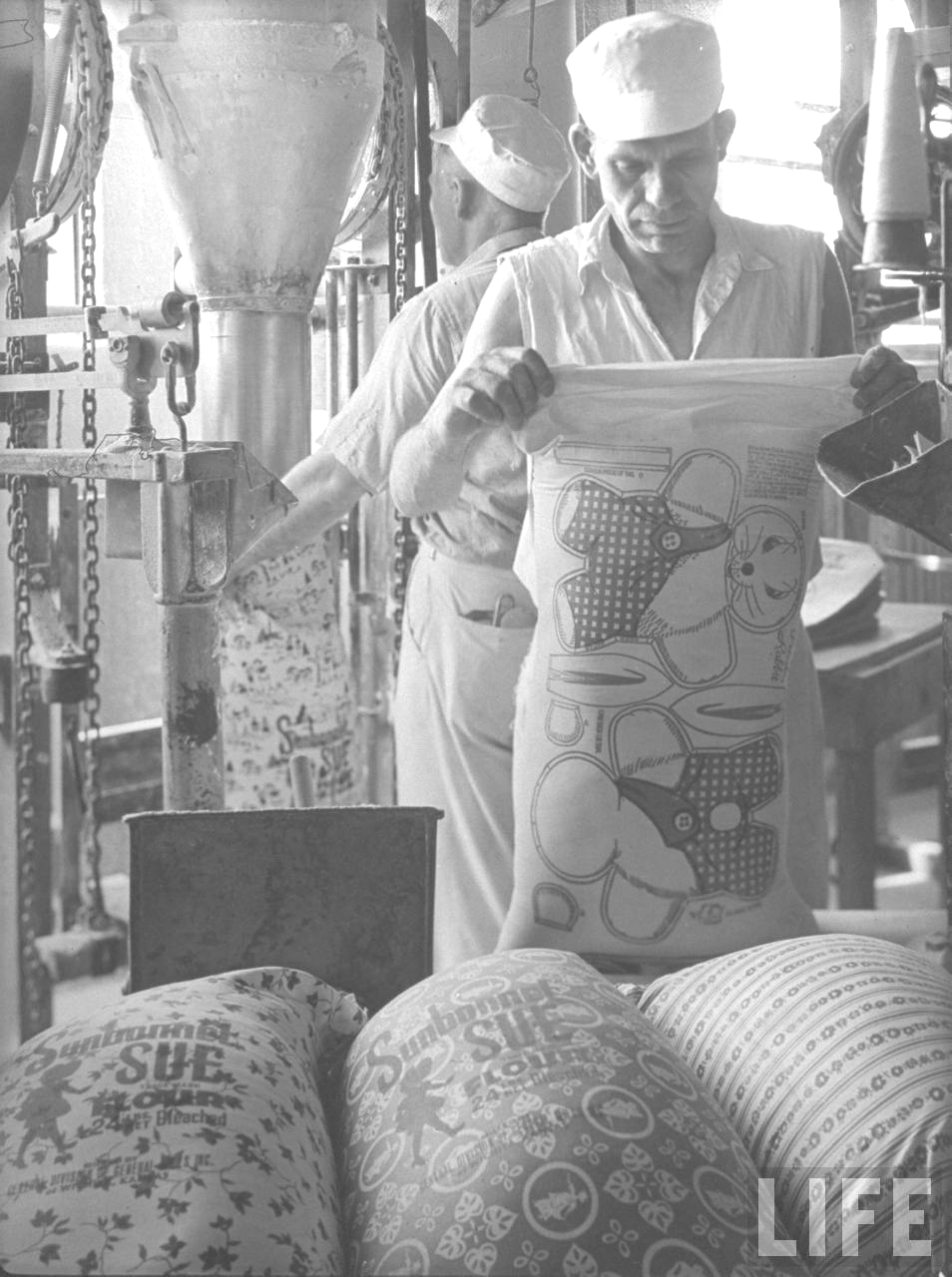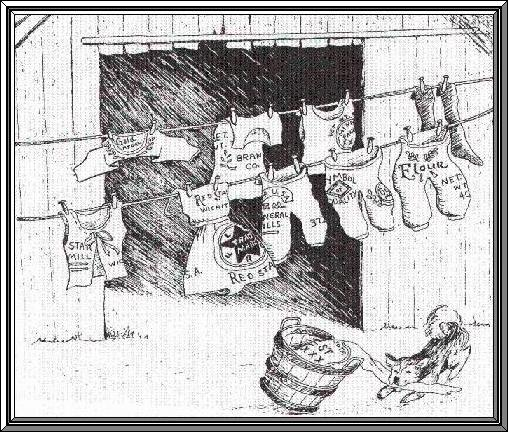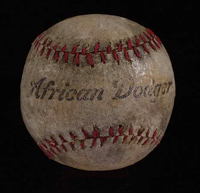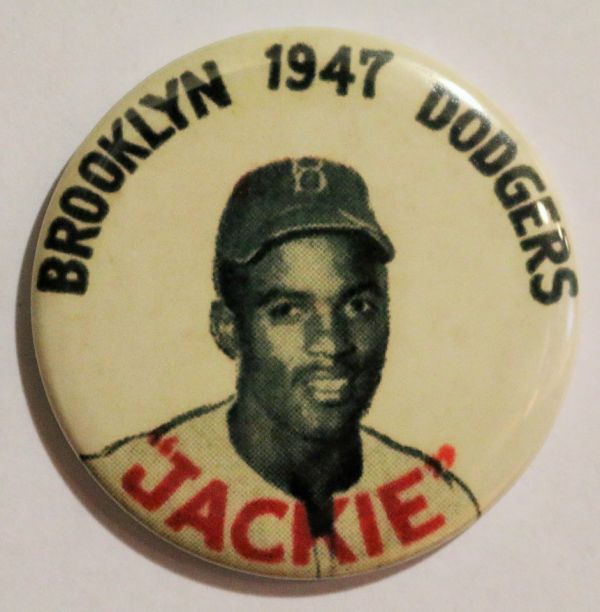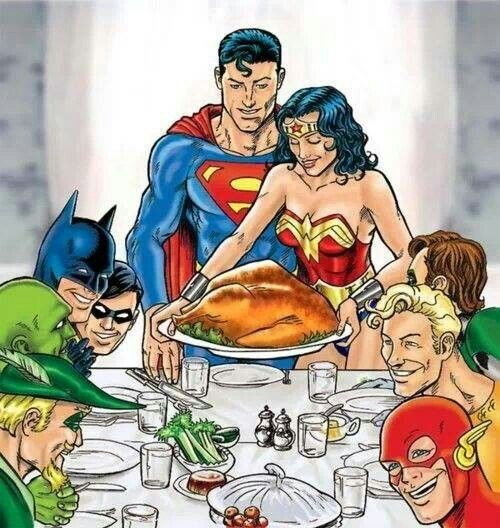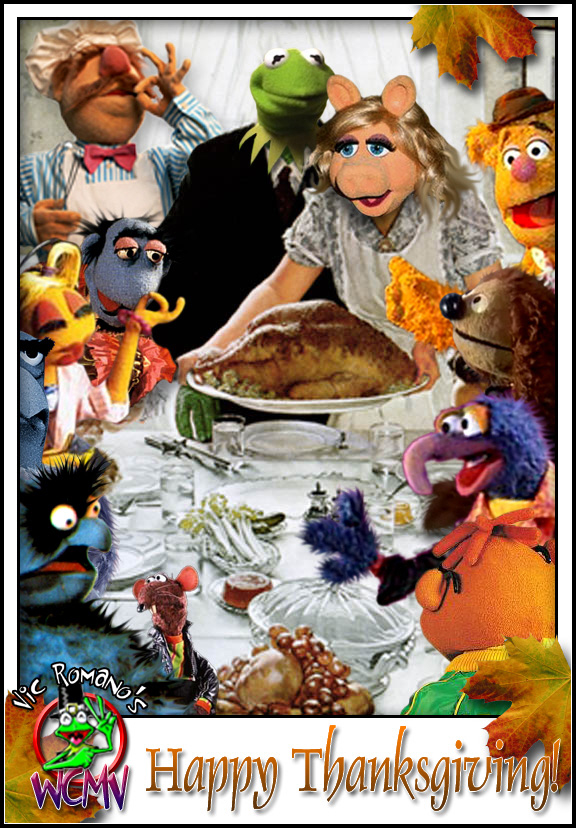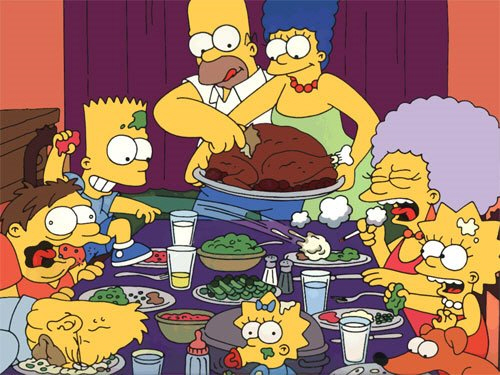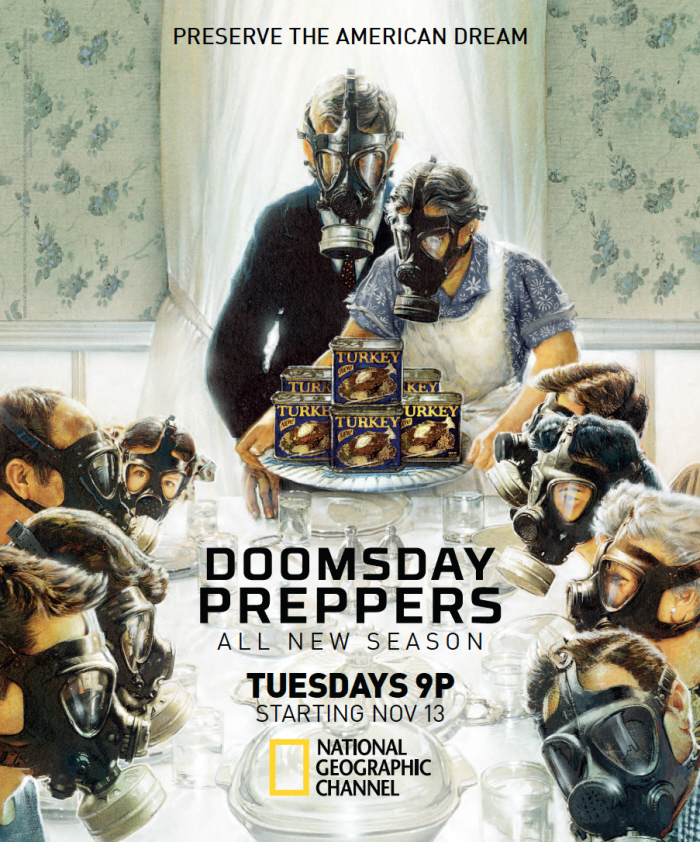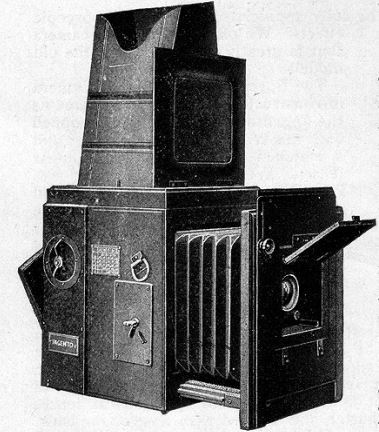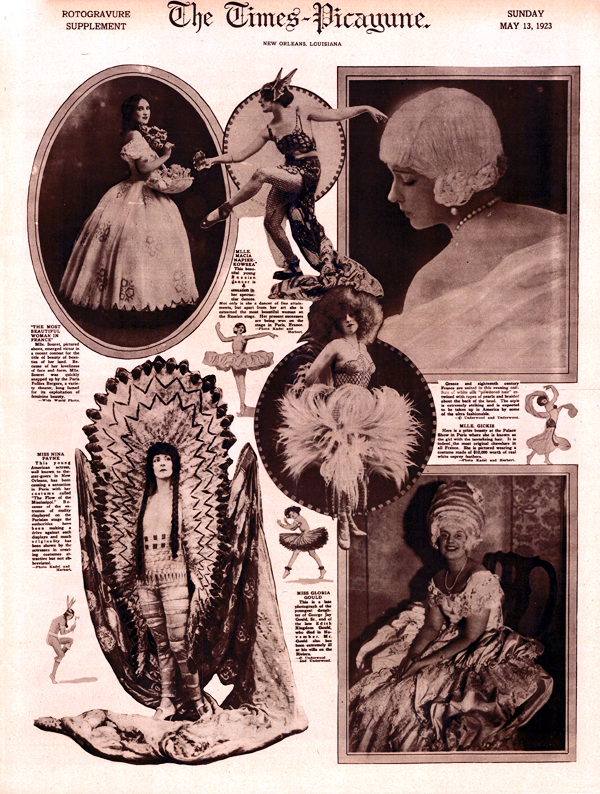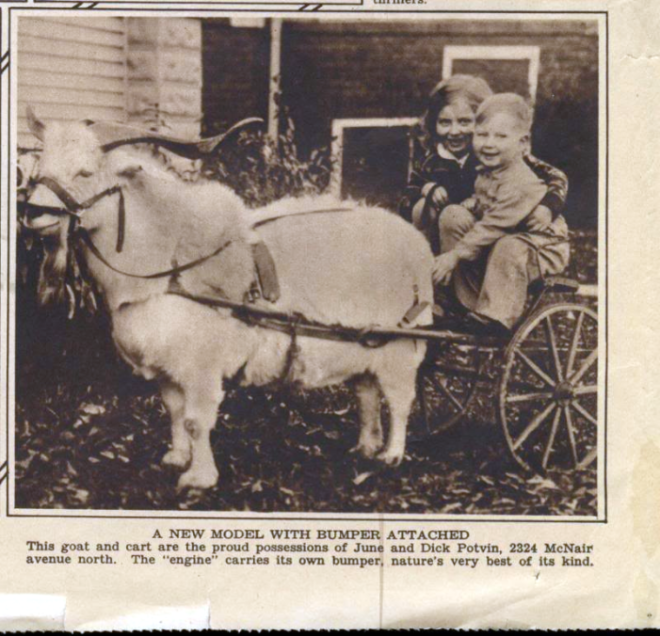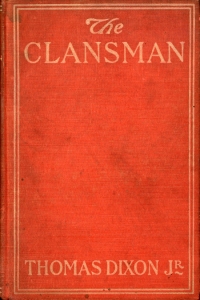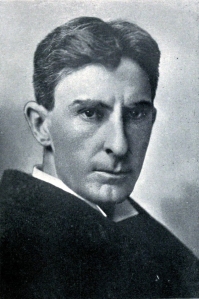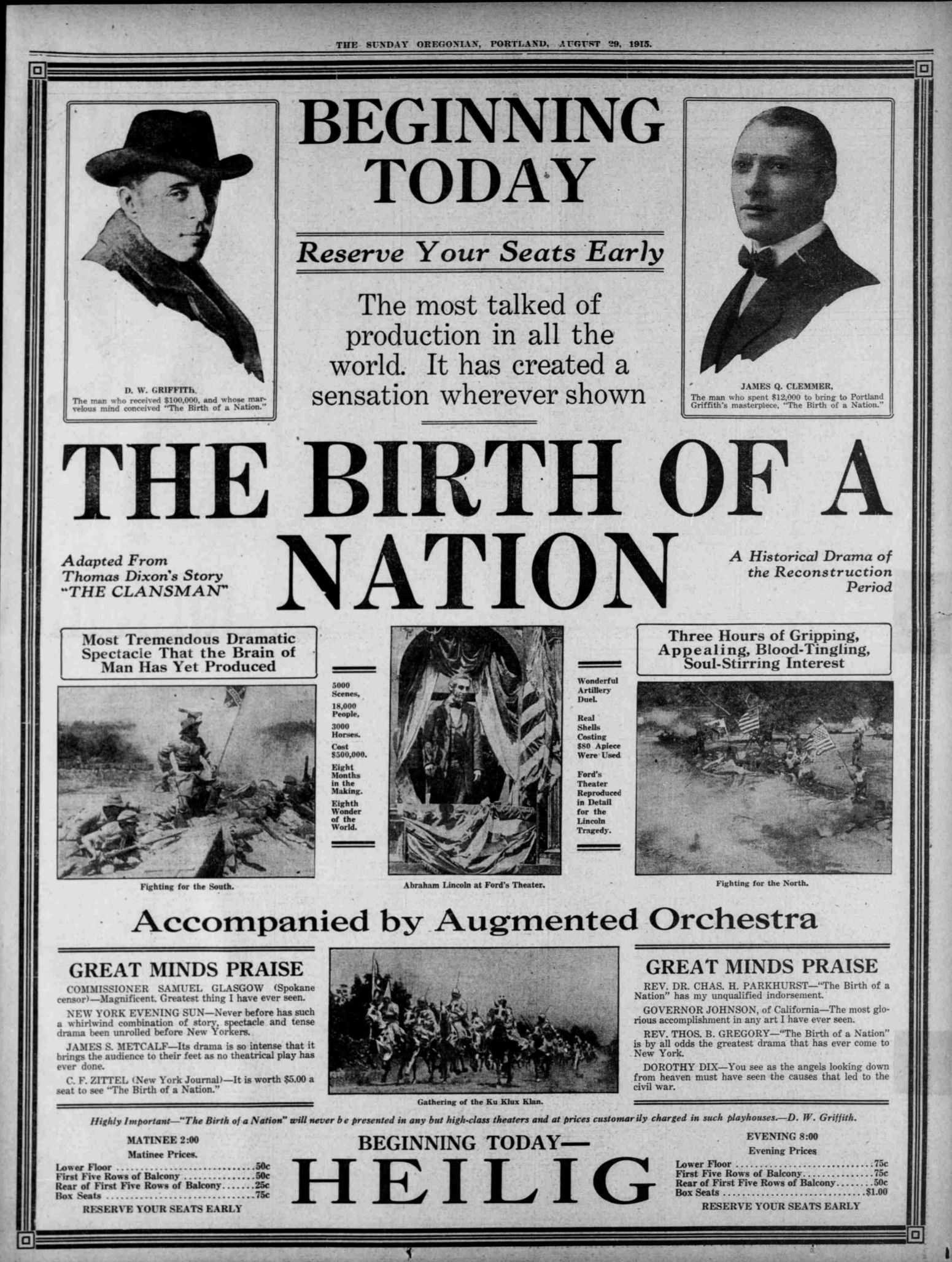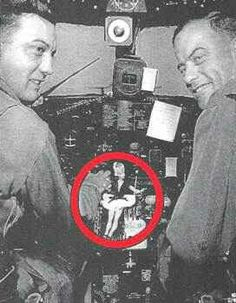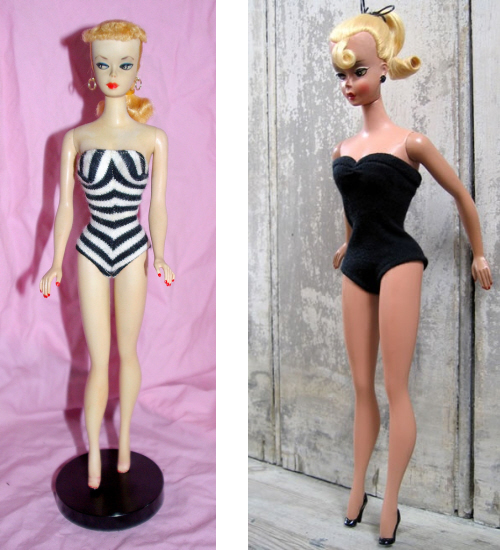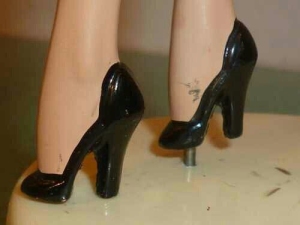I’ve never been to New Orleans, but I’ve heard for many years of one of the most famous iconic New Orleansian food favorites…the Po’Boy Sandwich.

While doing research for this blog entry, I checked the Web for the details on this ultimate comfort food.
A po’ boy (also po-boy, po boy, or poor boy) is a traditional submarine sandwich from Louisiana. It almost always consists of meat, which is usually roast beef, fried seafood, chicken, or ham. The meat is served on baguette-like New Orleans French bread, known for its crisp crust and fluffy center.
…There are countless stories as to the origin of the term “po’ boy”. A popular local theory claims that “po’ boy”, as specifically referring to a type of sandwich, was coined in a New Orleans restaurant owned by Benny and Clovis Martin (originally from Raceland, Louisiana), former streetcar conductors. In 1929, during a four-month strike against the streetcar company, the Martin brothers served their former colleagues free sandwiches [bits of roast beef in gravy served on French bread]. The Martins’ restaurant workers jokingly referred to the strikers as “poor boys”, and soon the sandwiches themselves took on the name. In Louisiana dialect, this is naturally shortened to “po’ boy.” [Source]
Roast beef and gravy Po’Boys are still regularly served today, but variations are wide, with fried seafood perhaps the most popular. Smoked sausage, shredded pork, ham and cheese, and even hamburger are common. In fact, the least expensive version these days seems to be just a pile of French fries dripping in gravy and condiments, nestled in the French bread loaf. A “dressed” Po’Boy means one topped with lettuce, tomato, mayo, and pickles.


If you paid attention to the title of this blog entry, you saw that it referred to a “HipPo’Boy sandwich.” You might guess that was just a pun referring to a special kind of Po’Boy favored by 21st century “hipsters.”

No. Actually, it’s a much worse pun than that. It is literally a contraction of … Hippo Po’ Boy.
And therein lies a very weird bit of American History.
Check out the headlines on this newspaper article from the May 14, 1910 edition of the Grand Forks, North Dakota, Evening Times.

For those unfamiliar with the term “Bill of Fare”…that is the same as “Restaurant Menu.”
Yes. In 1910 there was a very serious effort made to get the US congress to OK and pay for planning for an extended importation of hippopotami into the US, to be loosed into the bayous of Louisiana and other parts of the South.
Weren’t swamps in Dixie full of big ol’ alligators good enough for some folks?? This 2013 record-setter below (741 pounds, 13 feet, 7 inches) wasn’t from Louisiana, but nearby Mississippi.
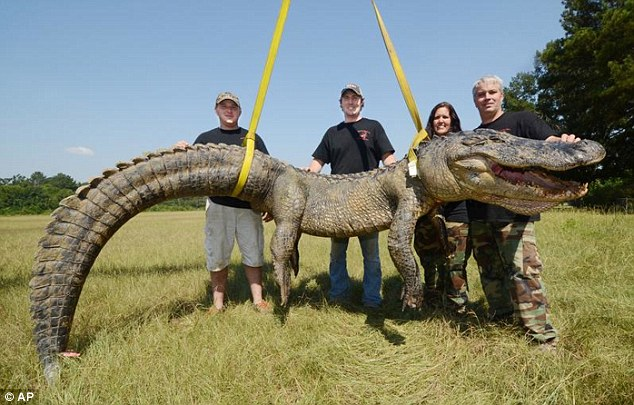
But Louisiana has plenty of big’uns itself, such as this 760 pound, 13-foot four inch gator, taken near Baton Rough LA also in 2013.

760 pounds would make a lot of gator steaks, roasts, and burgers!
And yes, if you live in Lousiana and some other spots in the South, you CAN get gator meat at both restaurants and grocery stores.

Gator filets as seen in the package above were described by one online chef as “a little chewy, with the texture of a well-done pork chop. The flavor is somewhere between chicken and fish.” Except they obviously cost quite a bit more than plain old fish. That pack above was from a store…I found lots of sources of gator meat online, but it will cost you more to get it sent to you. Filet can be $15-$20 a pound or more, while you can get burger for about $13 and “legs” (bigger than frog legs and chicken legs, for sure) for about $8.
Yes a 700+ pound gator would yield lots of meals. But so would an average male hippo… at five THOUSAND pounds. Or more.
But actually, the original 1910 proposal to import hippos wasn’t primarily about…beefing up the US meat supply, which was indeed in a slump at the time. At first it was about a more surprising issue.
The Water Hyacinth problem.
Here’s a water hyacinth.

Pretty little thing, isn’t it?!
That’s what a group of Japanese visitors to the “World Cotton Centennial” World’s Fair in New Orleans of 1884 thought.

The Japanese brought along with them a big supply of small token “gifts” to give out to the Americans who visited the fair.
In 1884, the visiting Japanese delegation to the World’s Fair in New Orleans handed out a seemingly innocuous gift to fair attendees. This gift, a beautiful flowering aquatic plant native to South America, was brought home to Florida by a Mrs. W.F. Fuller, who wanted to decorate her backyard fishpond. The plant began to multiply and soon choked the water of her small pond. When she thinned out the plants, a few of them made it into the water at her boat ramp on the nearby St. Johns River. Within a few years, the entire river was covered in a vast floating mat of vegetation so thick that boats could no longer navigate on the river. The plant, water hyacinth (Eichornia crassipes), would turn out to be a scourge in America, as it has come to clog waterways and irrigation canals across the country, blocking sunlight and wringing precious oxygen and nutrients from the water.
Source
Other Fair visitors spread the plant back in their home states also. The plant requires air temps that don’t drop below 50 degrees or so very often. Which means that it didn’t spread much to the north. But all across the South, just as in Florida, the plants ran amok. By 1904, the infestation reached California, likely brought in as a single or few plants by some innocent soul like Mrs. Fuller, who just wanted a pretty plant for their own little pond.
Unfortunately, once “released into the environment,” the environment takes over propagating and spreading the plants, such as via waterfowl eating its seeds, flying to another body of water, and pooping. Bingo. That next body of water becomes a new habitat for hyacinths.
Yes, a single water hyacinth plant looks really pretty. And a “vast floating mat” in bloom looks pretty too.

But as noted above, they totally choke out everything else in their wake by sucking up all the oxygen and nutrients in the water. And even blocking human traffic on bodies of water. This was a problem not just for America back around the turn of the last century. It began filtering all over the world, as you will learn from this excerpt from the website of the government of New South Wales, Australia [Source]
Water hyacinth is one of the world’s worst aquatic weeds. It infests rivers, dams, lakes and irrigation channels on every continent except Antarctica. It devastates aquatic environments and costs billions of dollars every year in control costs and economic losses.
Water hyacinth is native to the Amazon basin in South America and was brought to Australia in the 1890s as an ornamental plant. The first record of water hyacinth in New South Wales (NSW) was in 1895. In 1897, the government botanist Mr J. H. Maiden noted that it had spread rapidly in the ponds in the Royal Botanic Gardens in Sydney. At that time, he warned that the plant should be kept away from the northern rivers where it ‘may very rapidly become a serious pest’.
Unfortunately, this warning went unheeded and by the early 1900s it had spread along the east coast of Queensland and the north-eastern regions of NSW.
Water hyacinth is justifiably called the world’s worst aquatic weed due to its ability to rapidly cover whole waterways.
As you can see from this 1910 photo from Australia.

In Australia, it forms dense, impenetrable mats over the water surface. Specific impacts include:
- blocking irrigation channels and rivers
- restricting livestock access to water
- destroying natural wetlands
- eliminating native aquatic plants
- reducing infiltration of sunlight
- changing the temperature, pH and oxygen levels of water
- reducing gas exchange at the water surface
- increasing water loss through transpiration (greater than evaporation from an open water body)
- altering the habitats of aquatic organisms
- restricting recreational use of waterways
- reducing aesthetic values of waterways
- reducing water quality from decomposing plants
- destroying fences, roads and other infrastructure when large floating rafts become mobile during flood events, and
- destroying pastures and crops when large floating rafts settle over paddocks after flood events.
Water hyacinth will rapidly take over an entire waterway. Under favourable conditions it can double its mass every 5 days, forming new plants on the ends of stolons. It also grows from seed which can remain viable for 20 years or longer. This enormous reproductive capacity causes annual reinfestation from seed and rapid coverage of previously treated areas, making ongoing control necessary.
The plant also reached Africa in about 1880, likely in the same way…and to this day it threatens “ecological disaster” over much of the continent. It has left parts of the Nile almost unnavigable.

And is threatening to take over Lake Victoria.

But it doesn’t end even there. It also reached China, probably around the same time, where it is a major threat to the waterways to this day…

And also the Indian subcontinent…


Where again, it has also never ceased to run amok.

All over the world, many strategies are used to try to deal with the little plants, including huge harvesting machines to try to dig them all out. Which never works totally…

Until doing the research for this article, I had never read anything about a problem with water hyacinths, let alone that they had become, in our time, a literal scourge over much of the earth, on a level of the Plagues of Egypt in the Bible! I am astonished that the news services in general have seemed to ignore anything about the matter. It’s not as though it is hidden in the shadows. There is information about it all over the Internet. But you have to go looking for it. [If you would like to know more, I’d recommend reading this United Nations Global Environmental Alert. It goes into great detail with photos and charts of the amazing extent of this problem. And if you live in California, you may be interested in this extensive report from the California Invasive Plant Council.]
It’s mind-boggling to read the details of all this way back when the problem was just incubating over a century ago, and see how problem solvers were addressing it at the time. It was definitely obvious that no one had an inkling of how wide the problem would become, but it was already well underway in Louisiana in 1910.
Which brings us back to those hippos. And the US meat shortage.
And one man with a crazy idea.
As the United States entered the 20th century, increasing population and industrialization led to a nationwide meat shortage. Moving west to acquire more land for grazing or hunting became a limited option as the frontier closed and buffalos were hunted into near extinction. In southern Louisiana, newly invasive water hyacinths, similar to water lilies, transported to New Orleans by Japanese tourists during the 1884 World’s Fair were creating massive ecological dilemmas. In 1910, an audacious plan was put forth to address both concerns: import hippopotamuses from Africa to the bayous of Louisiana to consume the water hyacinths and provide a tasty source of meat for a hungry nation.
The main proponent of this imaginative plot was Louisiana Congressmen Robert F. Broussard. [Source]

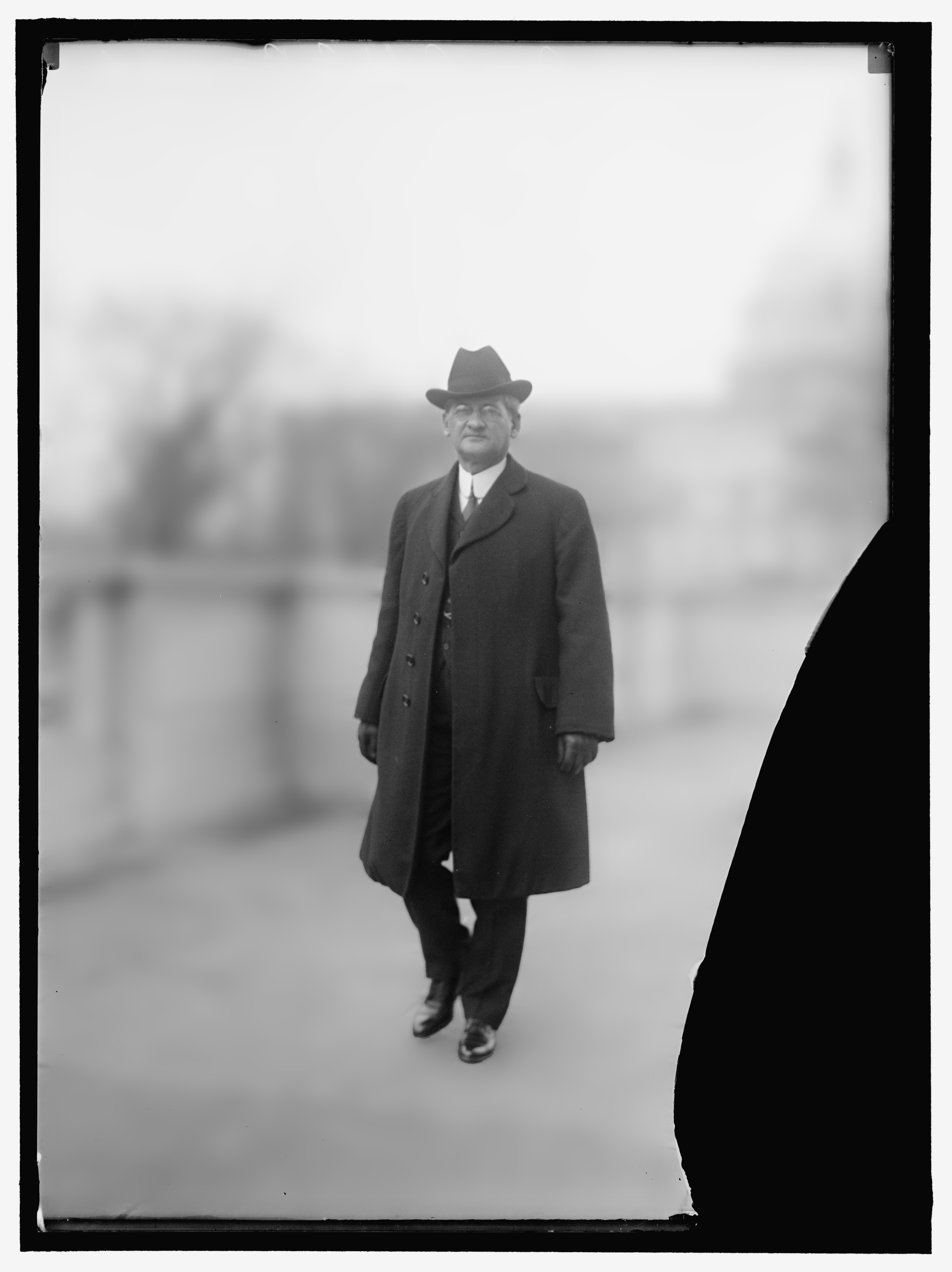
Louisianans knew Broussard affectionately as Cousin Bob. He claimed to be related to a quarter of the voters in Iberia Parish—sometimes to a full half of them. “Certain Louisianians may protest they are not his cousins,” one Saturday Evening Post profile noted. “That is a matter of minor importance. The point is that Cousin Bob is their cousin; and he is satisfied, even if they are not. It is quite impossible to stop Cousin Bob from being everybody’s cousin.” A company in New Orleans named a cigar after him. [Book: American Hippopotamus (AH)]
Broussard introduced the H.R. 23621 bill, dubbed the Hippo Bill, into Congress, asking for $250,000 [worth about 6 million in today’s dollars] for the necessary research and planning and initial trial importations.
Not being an expert in hippopology, he recruited two famous adventurers, deeply familiar with Africa and African wildlife, to provide credibility for his plans.
American Frederick Russell Burnham had a huge reputation going back to his work as a scout in the last years of the “Old West” in the US, and more recently, similar work for the British as part of their military campaigns to conquer the African tribes and Dutch Boers in Southern Africa.
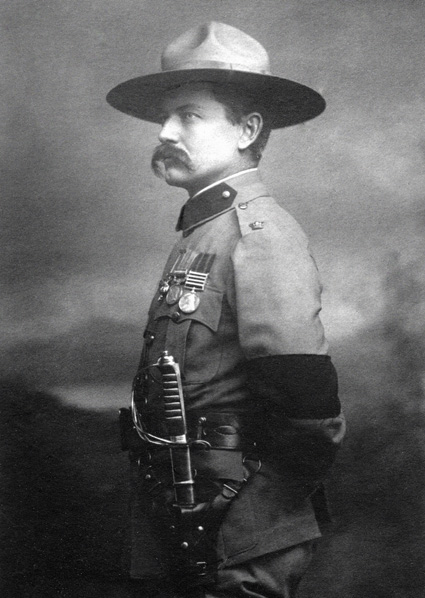
Burnham was actually the “inspiration” for the founding of Boy Scouting by Robert Baden-Powell of the United Kingdom. In 1896 Baden-Powell was Chief of Staff of British war operations in Southern Rhodesia, and Burnham had been appointed Chief of Scouts for the British Army in Africa. Through working with Burnham for some time, Baden-Powell came to greatly admire Burnham’s “manly skills.” Baden-Powell hoped to create a boy’s organization that would mold young men into Burnham’s likeness. The two of them had long discussions in Africa about what this would entail, which Baden-Powell turned into the plans for the Scouting organization when he returned to England. As E. B. DeGroot, BSA Scout Executive of Los Angeles wrote of Burnham in 1944, “Here is the sufficient and heroic figure, model and living example, who inspired and gave Baden-Powell the plan for the program and the code of honor of Scouting for Boys.”
So Burnham’s great reputation and record was very helpful to Broussard in his attempts to get his Hippo Bill through congress. Burnham testified before Congress about the feasibility of the plan, and traveled the country doing speaking and writing in favor of it.
The other wild African animal “expert” Broussard pressed into duty to work for his plan, Fritz Duquesne—also known as the Black Panther—was the exact opposite of Burnham.
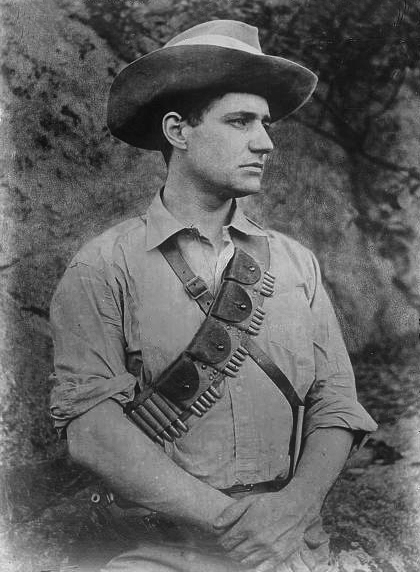
He was almost equally famous, but, as a South African Boer, he had served as a military scout…and soldier of fortune …and life-long astonishingly prolific con-man…on the opposite side of the South African wars from Burnham. (As some writers have put it, each had an assignment from his own government to kill the other.)
Burnham called him [Duquesne] the “human epitome of sin and deception.” Another writer described him as a “walking living breathing searing killing destroying torch of hate.”
As fate would have it, these two men never crossed paths in Africa, but were brought together years later by Broussard. A fascinating story all by itself, that you can read about in a short…70 or so pages…book titled American Hippopotamus available to read FREE at this link: Read Hippo Book.] The exploits of both of these men read like a screenplay for an extremely exaggerated adventure/action movie, but these dudes were the real deal!) Duquesne also testified before Congress, and then joined in speaking and writing efforts across the land to persuade American politicians and the man on the street to get on board with the plan.
Regarding the practicality of raising hippos, Duqeusne said, “I am able to speak from the point of view of one who knows the practical side of the hippopotamus. I was born and bred among these animals. I probably would have been dead myself but for the hippopotamus for it was the food upon which I subsisted during my boyhood. The hippo can be easily domesticated. It is as gentle as a lamb in all the zoos. It can be led about with a halter. A young hippo will take milk from a baby’s bottle.”
Along with these two “man’s man” rivals, Broussard brought in an opposite of both of them…an aging bookish bureaucratic agricultural expert named W.N. Irwin.
William Newton “W. N.” Irwin was a veteran researcher at the pomological branch of the Bureau of Plant Industry at the U.S. Department of Agriculture. He was an apple guy, basically—”one of the foremost fruit experts in the country,” according to The Washington Post. Irwin appears to have spent his career championing ideas that were simultaneously perfectly logical and extravagantly bizarre. (Another of his crusades was trying to convert Americans from eating chicken eggs to eating turkey eggs. The advantages of turkey eggs were just so obvious to Irwin: they were richer, larger, and more nutritious and had thicker shells and membranes, so they stayed fresh longer. Sometimes he wouldn’t eat a bunch of turkey eggs until six months after he’d purchased them. And still, he bragged, “the yolks would drop out round and plump, and the white, or albumen, would be perfectly normal.”) [AH]
And so Irwin agreed to champion a new crusade, this one for importing hippos.
Hippopotamuses eat aquatic vegetation, like water hyacinths—loads of it, Irwin learned. Deposit some hippos in a hyacinth-choked stream, he argued, and they’d suck it clean in no time. That is, hippos could solve Louisiana’s problem with the flower while simultaneously converting that problem into the solution to another—an answer to the Meat Question. The animal, Irwin now told the committee, would “turn the plague that they now have in the South into good, wholesome flesh for our people.” The hippopotamus was a perversely elegant win-win.
Of course, it could be hard to see that logic through all the lavish weirdness of the proposal. But for Irwin—and Burnham—any resistance to their idea came down to simple small-mindedness. The only reason Americans didn’t already eat hippopotamuses, Irwin claimed, was “because their neighbors don’t, or because nobody ever told them it was the proper thing to do.” Like Burnham, he saw the Meat Question as a test of American ingenuity and resolve: To defend our freedom and way of life, some generations of Americans are called to go to war; this generation was being called to import hippopotamuses and eat them. [AH]
The immediate need was to get ahead of the Water Hyacinth Problem, which had the potential to destroy much of Louisiana’s economy. Broussard hoped that the hippos would take the place of, or at least greatly augment, all of the ineffective methods that the state had tried to use to tackle the problem.
I’m guessing that the idea of adding the element of “harvesting” the meat of some of the hippos to augment the American diet was introduced to make the bill more… palatable for those Congressmen who might wonder why they ought to vote for a bill that seemed to just address a local Louisiana problem.
But once the campaign for the plan got underway, it was obvious what fired the imagination of the public, public leaders, and the public press the most. And it wasn’t helping Louisiana with its flower problem.
The hearing was followed by a surge of excited publicity. “Hippopotami for Dixie,” one headline read. The Chicago Tribune covered the proceedings right above news that Delmonico’s, the famous steakhouse, had been forced to raise the price of everything on its menu due to dwindling meat supplies. Another story speculated that, because full-grown hippopotamuses would be too large to profitably ship to the stockyards in Chicago, smaller slaughterhouses would have to be built on-site, creating a constellation of local food systems, and breaking the monopoly lording over American meat production. [AH]
Former president Theodore Roosevelt publicly supported the idea. The New York Times, The Washington Post, The Chicago Tribune, and other major newspapers also voiced their approval. The New York Times exclaimed excitement for “lake cow bacon”. The U.S. Department of Agriculture also advocated on Broussard’s behalf. [Source]
But despite the best efforts of Cousin Bob and his three experts, the Hippo Bill was eventually voted down by a mere one vote, and drifted into oblivion within a year or so.
It’s probably just as well. In spite of Fritz’s glib assurances, Hippos are NOT friendly animals. Even though they are “vegetarians.”
Hippopotamuses are aggressive animals. Hippos that attack other animals are often either territorial bulls or females protecting their calves… Crocodiles are frequent targets of hippo aggression, probably because they often inhabit the same riparian habitats; crocodiles may be either aggressively displaced or killed by hippopotamuses…


Yes, Fritz was right, you CAN feed a baby hippo from a human baby bottle…

BUT… only if it is a baby PIGMY hippopotamus like the one above. Pigmy adults weigh less than those big gators we saw at the beginning of this article. Their babies are less than 15 pounds at birth. The “regular” hippopotamus baby is four feet long when born, and weighs 55-110 pounds. That would take a whole lot bigger bottle than any human baby uses!
And perhaps in zoos the full-sized hippos are mostly laid-back and “domesticated.” But in the real world…
…Hippos are also very aggressive towards humans, whom they sometimes attack whether in boats or on land, commonly with no apparent provocation, and are widely considered to be one of the most dangerous large animals in Africa.

… The hippopotamus is considered to be very aggressive and has frequently been reported as charging and attacking boats. Small boats can be capsized by hippos and passengers can be injured or killed by the animals or drown. In one case in Niger, a boat was capsized by a hippo and 13 people were killed. As hippopotamuses will often engage in raiding nearby crops if the opportunity arises, humans may also come in conflict with them on these occasions, with potential for fatalities on both sides. [Source]
Yes, they might have helped the water hyacinth problem somewhat if Broussard’s scheme had succeeded, but at what cost?!
Although one webauthor who was smitten with the idea of the Hippo/Hyacinth connection story was guardedly optimistic of how it might have turned out:
Hippopotamuses are ferocious animals that kill more humans than tigers, lions, and any other animal in Africa. However, I cannot help but believe that some backwoods boys would have easily learned how to track, trap, kill, skin, and make hippo meat just another ingredient in gumbo or hippo bacon an option atop eggs cochon de lait. [slow roasted suckling pig served in gravy]
“I’ll take a hippo po-boy, dressed.” [Source]
For a look at one of Fritz’s friendly hippos in action, click this link to check out this video from the Travel Channel.

And finally, you can see the actual Hyacinth Hippo in action at this link! Yes, that was the name of the famous Disney Fantasia dancing hippo–who was wooed by an alligator to the tune of Dance of the Hours. (A tune more familiar to later audiences as the music of “Hello Muddah, Hello Faddah”!)








